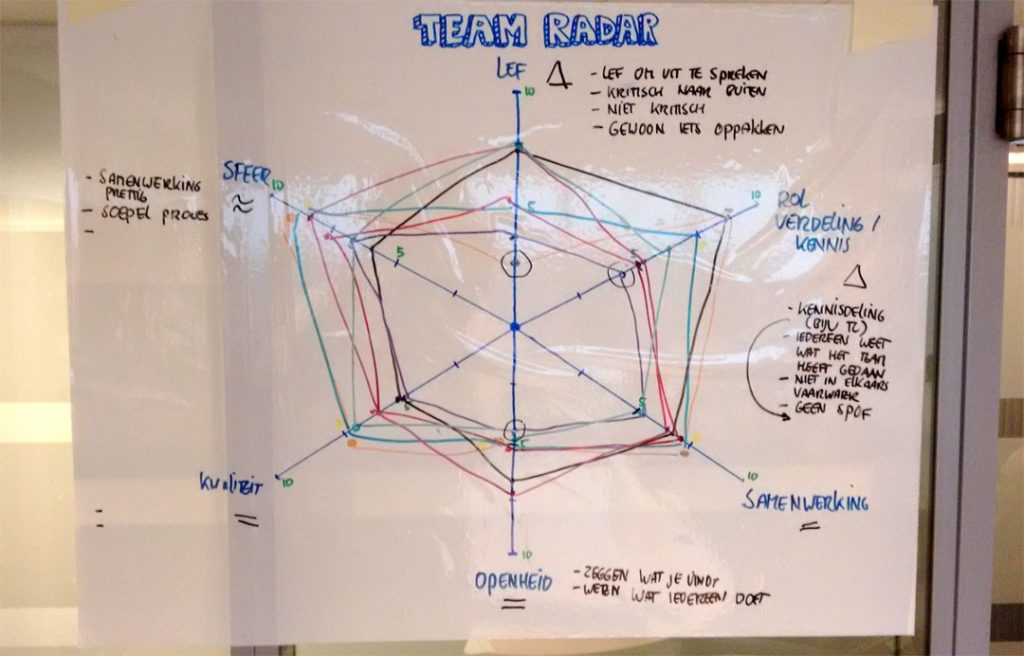I came across Andy Bacon his blog that lists some interesting articles and resources, you can find it here: https://andybacon.com/agile-resources/
And just in case he ever decides to take his website offline, here is a quick mirror 😉
Some Agile Basics
- Agile Manifesto
- Agile Alliance Agile 101
- Scrum Guides
- Scrum Alliance About Scrum
- Agile Alliance Timeline of Agile Practices
- Agile Alliance Subway Map of Agile Practices
- Agile Uprising Coalition
- Ken Rubin’s Innolution Website
- Mike Cohn’s Mountain Goat Software
- Jonathan Rasmusson’s Agile in a Nutshell
- Michael James’ Scrum Training Videos
- Kent Beck’s “Extreme Programming Explained”
- DJA’s Lean Kanban
- Product Owner in Nutshell (Henrik Kniberg)
- Three simple truths
- Cotter Leader Change Process
Agile Related Certifications
- Scrum Alliance (CSM, CSPO, CST, etc.)
- Scrum.org (PSM, etc.)
- PMI (PMI-ACP)
- IC Agile (ICP, etc.)
- Lean Kanban University
- SAFe (SPC, SA, etc.)
Scaling Frameworks
- SAFe
- Nexus
- LeSS
- DaD
- Spotify
- Oikosofy Enterprise Agile Framework
- Interesting matrix on scaling options
- Also check out the thought leadership from Leading Agile on the subject of scaling Agility
Retrospectives
- Ideas
- Books
- Tools for Distributed Teams
Daily Scrum
Scrum Graphics
Checklists
User Stories
Role of Managers in Agile
DiSC Assessment (free)
Games
- Constellation
- Tribes
- Ball Point Game
- Name Game
- Penny Game
- Penny Game Modified
- Lego Scrum Simulation
- Innovation Games
Metrics
Estimation, Data Driven Estimates, and Forecasting
- Free tools from Focused Objective
- Projectr tool
- Data driven estimates
- Some of the research around that great article
- Actionable Agile
- Affinity Estimating
Collaboration Tools
Happiness
Podcasts
Product Owner Resources
- Opportunity canvas
- Lean canvas
- Product vision
- Product roadmap
- Release plan
Random Helpful Things
- http://www.slideshare.net/derekwinter/an-agile-development-primer
- http://openspaceagility.com/at-a-glance/
Technical Topics
- Appium (mobile app automation)
- Cyber-Dojo

